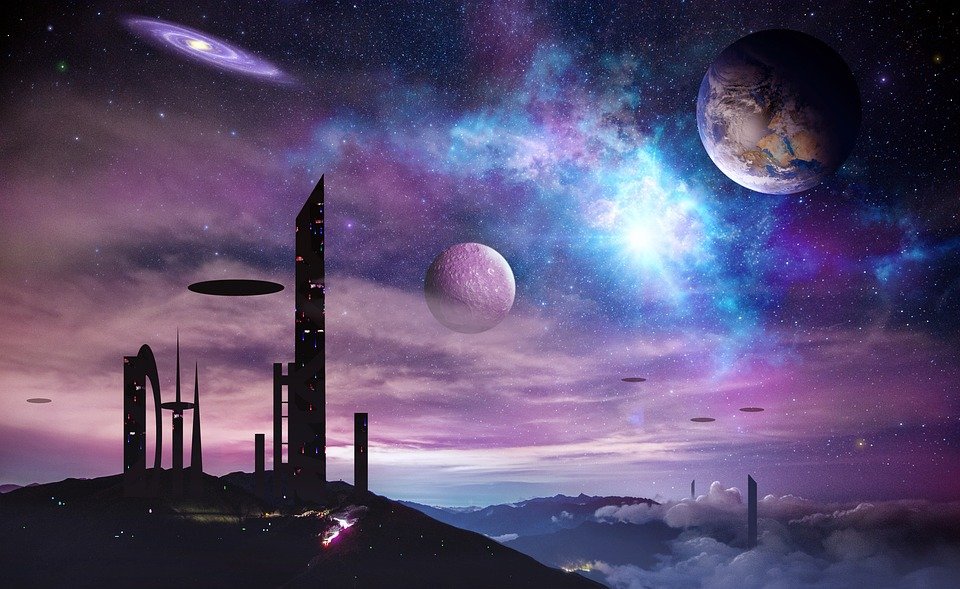The Rise of Free NFT Collections: Exploring the New Frontier of Digital Art
Introduction
Over the past few years, there has been a significant rise in the popularity of NFTs (Non-Fungible Tokens) in the world of digital art. NFTs have revolutionized the way artists can monetize their work, providing them with a new avenue for showcasing and selling their creations. While NFTs were initially associated with high-priced auctions and exclusive collections, a new trend has emerged – the rise of free NFT collections. In this article, we will delve into this new frontier of digital art and explore the reasons behind its increasing popularity.
What are NFTs?
NFTs are unique digital assets that utilize blockchain technology to establish ownership and authenticity. Unlike cryptocurrencies such as Bitcoin or Ethereum, NFTs cannot be exchanged on a like-for-like basis. Each NFT is distinct and has its own value based on its scarcity, demand, and uniqueness. This characteristic makes NFTs ideal for representing digital art, as it allows artists to sell their work directly to collectors, ensuring provenance and ownership.
The Evolution of NFTs
NFTs have evolved from being primarily associated with high-priced artwork to becoming more accessible to a broader audience. Initially, NFTs gained popularity due to their association with high-profile sales, such as Beeple’s “Everydays: The First 5000 Days” artwork, which sold for a staggering $69 million. However, as the market matured, artists and collectors began exploring new ways to engage with NFTs.
The Rise of Free NFT Collections
One of the most recent trends in the NFT space is the rise of free NFT collections. These collections offer digital art pieces that can be acquired at no cost, providing a unique opportunity for artists and collectors alike. Free NFT collections have gained popularity for several reasons:
Increasing Accessibility
By offering free NFTs, artists can make their work accessible to a wider audience. This allows them to reach individuals who may not have the financial means to purchase high-priced NFTs. It also provides emerging artists with a platform to showcase their talent and gain recognition in the digital art community.
Community Building
Free NFT collections often focus on building a community around the artwork. Artists create limited edition NFTs, which are distributed for free to their community members or followers. This approach fosters a sense of belonging and engagement, as collectors feel like they are part of an exclusive group. The community aspect of free NFT collections also encourages collaboration and support among artists and collectors.
Discovering Emerging Artists
Free NFT collections have become a breeding ground for discovering emerging talent. Artists who offer their work for free have the opportunity to gain exposure and recognition in the digital art world. Collectors, on the other hand, can explore new artists and acquire unique pieces before they gain mainstream popularity. This dynamic benefits both artists and collectors, creating a win-win situation for the NFT community.
FAQs
1. How can I acquire free NFTs?
To acquire free NFTs, you can participate in giveaways, join artist communities, or follow artists on social media platforms. Artists often announce free NFT drops or limited editions that can be claimed by their followers.
2. Can I sell or trade free NFTs?
Yes, you can sell or trade free NFTs just like any other NFT. Once you acquire a free NFT, it becomes your property, and you have the freedom to do whatever you wish with it.
3. Are free NFTs less valuable than paid ones?
The value of an NFT depends on various factors such as the artist’s reputation, scarcity, demand, and uniqueness. While some free NFTs may have lower financial value, they can hold significant cultural or sentimental value. Additionally, free NFTs can increase in value over time if the artist gains popularity or the artwork becomes sought after.
4. Are free NFTs limited to digital art?
No, free NFTs can encompass various digital assets, including music, videos, virtual real estate, and more. NFTs have expanded beyond digital art and now encompass a wide range of creative expressions.
Conclusion
The rise of free NFT collections has opened up new possibilities for artists and collectors in the digital art world. By offering free NFTs, artists can showcase their talent and gain recognition, while collectors have the opportunity to acquire unique pieces and support emerging artists. This trend has democratized the NFT space, making it more accessible and inclusive. As the NFT market continues to evolve, the rise of free NFT collections will likely play a significant role in shaping the future of digital art.

